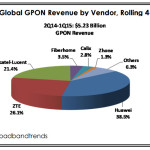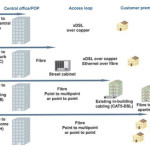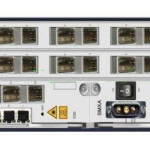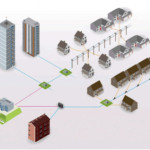In the early days of GPON service providers cared primarily about getting the service to work, and the easiest way to ensure this was to purchase an end-to-end GPON solution from a single vendor, who was responsible to make it work. Providers that used multiple vendors in their network divided their service area into different regions, and within each region used the same vendor for the OLT and the ONUs or ONTs.
In today’s competitive environment providers are looking for ways to speed up the service bring-up for new customers and reduce the costs associated with capital investment, installation and continuous operations. Cost-competitive ONUs, including the emerging small-footprint-ONUs from new vendors, are aimed to enable self installation by the end customer.
On paper if both ends comply with the relevant GPON standards, the service provider should be able to connect any ONU with any OLT and deliver your service, just like you can buy a mouse from one brand and plug it into the USB port of a PC from another brand. But in reality, if you buy the ONU and OLT from different brands, they often don’t work together.
There may be various reasons for this, and some service providers rely on their vendors with their internal debugging logs to figure out where the failure occurs, but this requires resource investment from the vendors‘ side, which will often not be their highest priority. Other providers have adopted a more proactive approach of using a GPON analyzer for viewing the message exchange on the PON at the different layers and pointing out conflicts and errors. This puts them in a much stronger position to demand their vendors to resolve the issues, prevents finger pointing between vendors and significantly speeds up the process of getting the OLT and ONU ends to work together.









